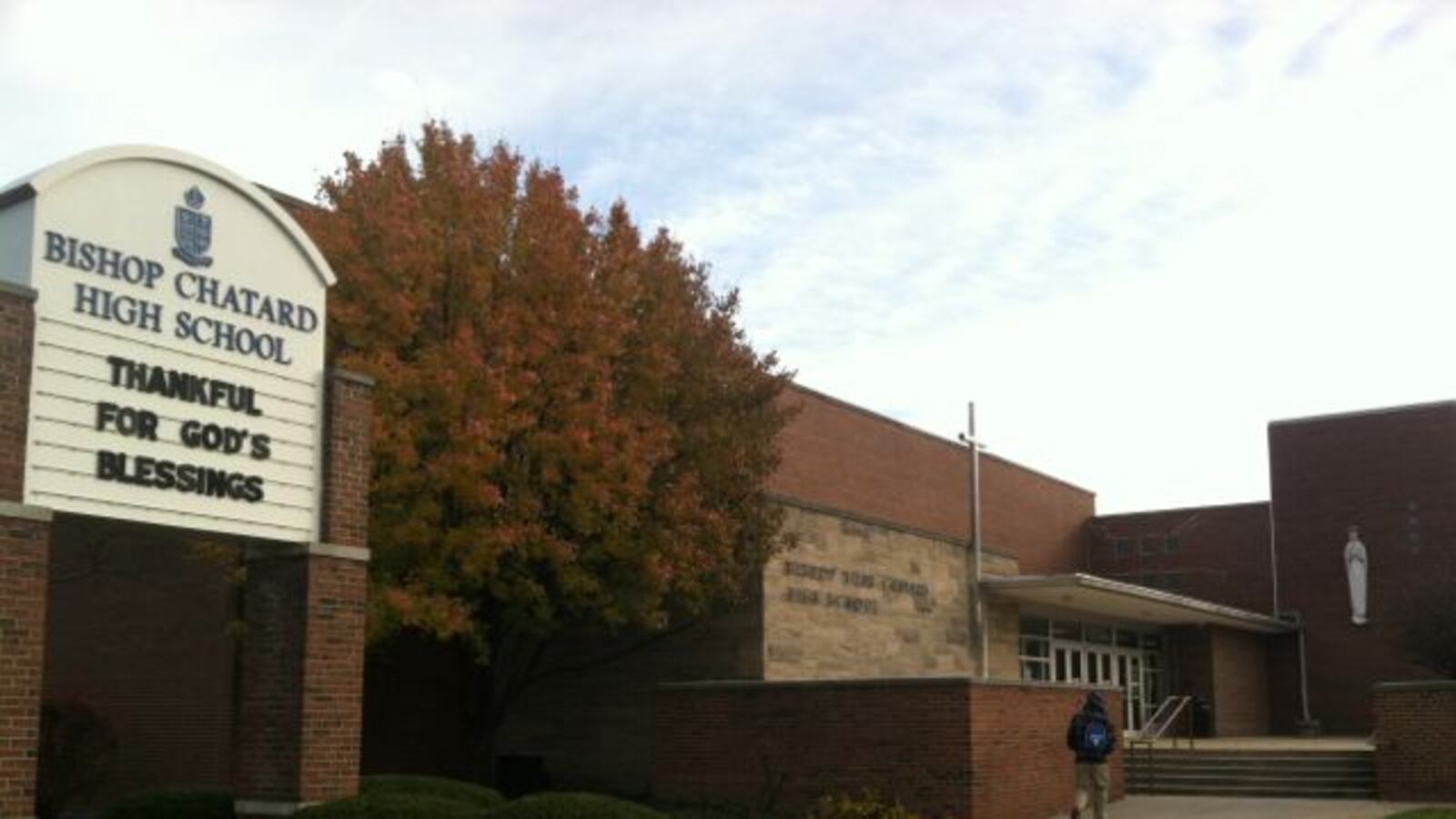Indiana’s fast-growing scholarship tax credit program could serve more kids if the state makes changes to the law to give incentives for additional philanthropic dollars to support private school tuition, advocates argue in a new report.
The report was released last week by the Friedman Foundation, one of the nation’s leading private school voucher advocacy groups. It recommends raising the amount of money scholarship groups can contribute toward tuition, boosting how much donors can claim in tax benefits and expanding the types of services parents can spend the money on.
Foundation CEO Robert Enlow said the study was aimed at dispelling opponents arguments about tax credits he deemed unfair.
“We thought it was important to put out actual data and real data as opposed to opinions and thoughts,” Enlow said.
But Teresa Meredith, president of the Indiana State Teachers Association and an opponent of tax credits for private school tuition, worries the program hurts public schools and an expansion could make things worse.
“If taxes aren’t being paid, what are students who attend public schools losing out on?” she said. “That’s where a lot of the public schools’ money comes from. We need to work harder to support our students instead of creating more programs that go around that.”
Most of the focus on public support for private schools in Indiana has been centered on the state’s high profile voucher program, which redirects state aid from public schools to pay private school tuition for low- and middle-income students. But sometimes overlooked is a companion tax credit program that also has a big impact.
Indiana’s Tax Credit Scholarship Program collects private donations to be used as scholarships for K-12 tuition by students whose families meet income guidelines. The program, which began in 2010, has awarded thousands of scholarships to Hoosier students. In fact, the number of scholarships awarded has jumped dramatically from 559 students in 2010 to 11,067 in 2014. About 10 percent of the 111,872 students attending private schools across the state are scholarship recipients.
Current “scholarship granting organizations,” which collect donations and distribute the scholarships in Indiana, include the Institute for Quality Education, Lutheran Scholarship Granting Organization of Indiana, Sagamore Institute Scholarships for Educational Choice and the School Scholarship Granting Organization of Northeast Indiana.
Enlow credits the rapid expansion to a more informed public. He said private schools are doing a better job of publicizing the program.
The expanded eligibility doesn’t hurt either, he said. The program used to be income based only, but has since expanded to allow parents of students assigned to a failing school to use it, as well as those enrolled in special education programs.
Tax credits are currently capped off at $7.5 million, which the Institute for Quality Education just reported was exhausted Tuesday. The Indiana General Assembly recently voted to increase the cap to $8.5 million in 2016 and $9.5 million in 2017, all of which can only be used on private school tuition. Donors currently receive a 50 percent tax credit.
But the report, which was compiled by the Cato Institute — a libertarian, pro-voucher think tank — argues the state should expand the program to even more families and allow for more donations.
It recommends expanding the law to allow the money raised to go to more than just tuition, such as for tutoring, home school curricula and education therapy. The report suggests increasing the total amount of tax credits available to $15 million, with a mechanism to raise it by another 20 percent if a donor nears that cap.
Another recommendation would raise the value of the tax credit for the donor from 50 percent to 75 percent of the contributed amount. Enlow said a lot more kids could be helped if those changes were made.
“The 50 percent credit is a damper on individual support,” Enlow said.
But Meredith wants to see proof the tax credits are making a difference first.
“They really ought to wait a bit and see what happens with the program as it is now before they jump into expanding it,” Meredith said.
Enlow said he hopes to see a bill in the next budget in 2017 to expand the program.

